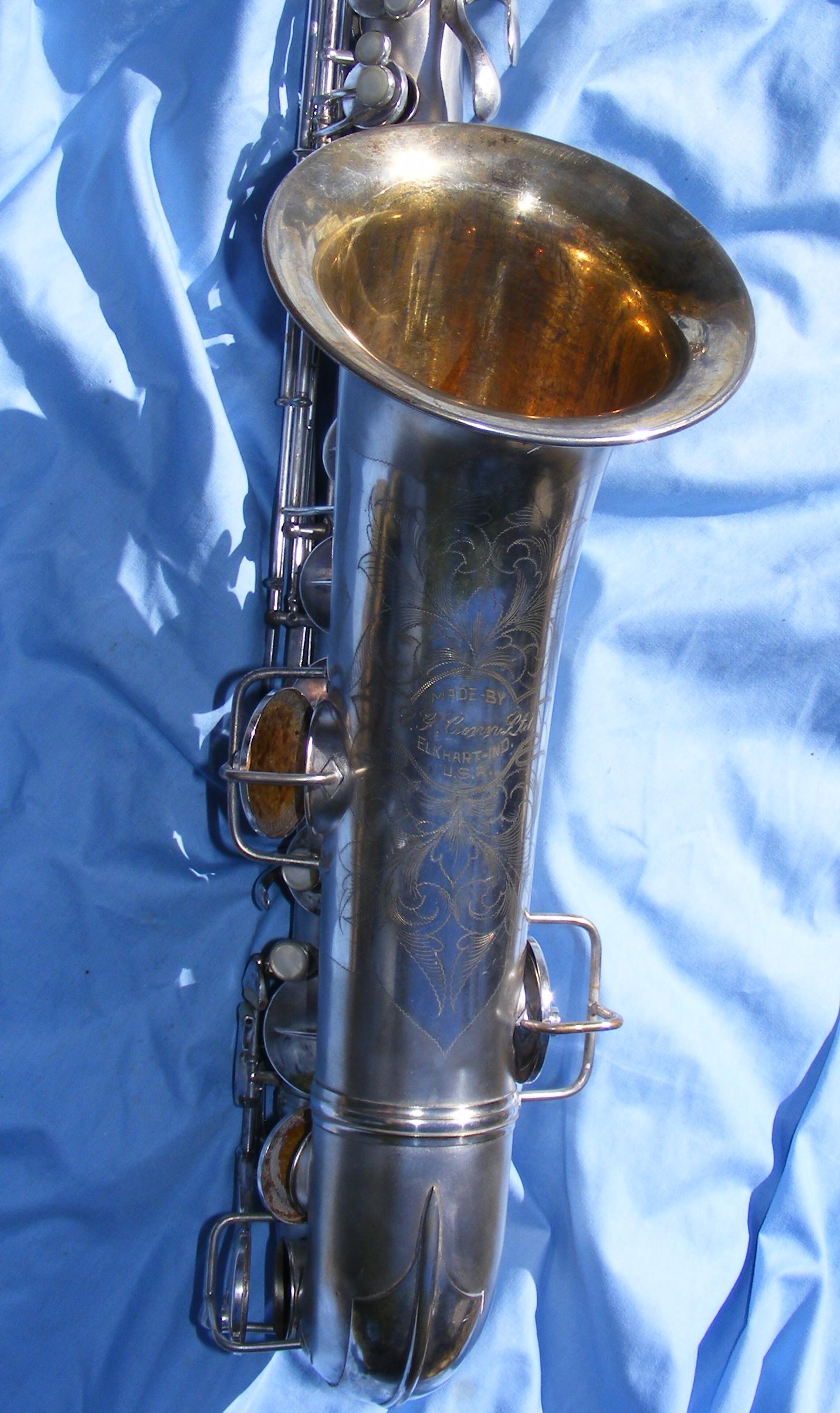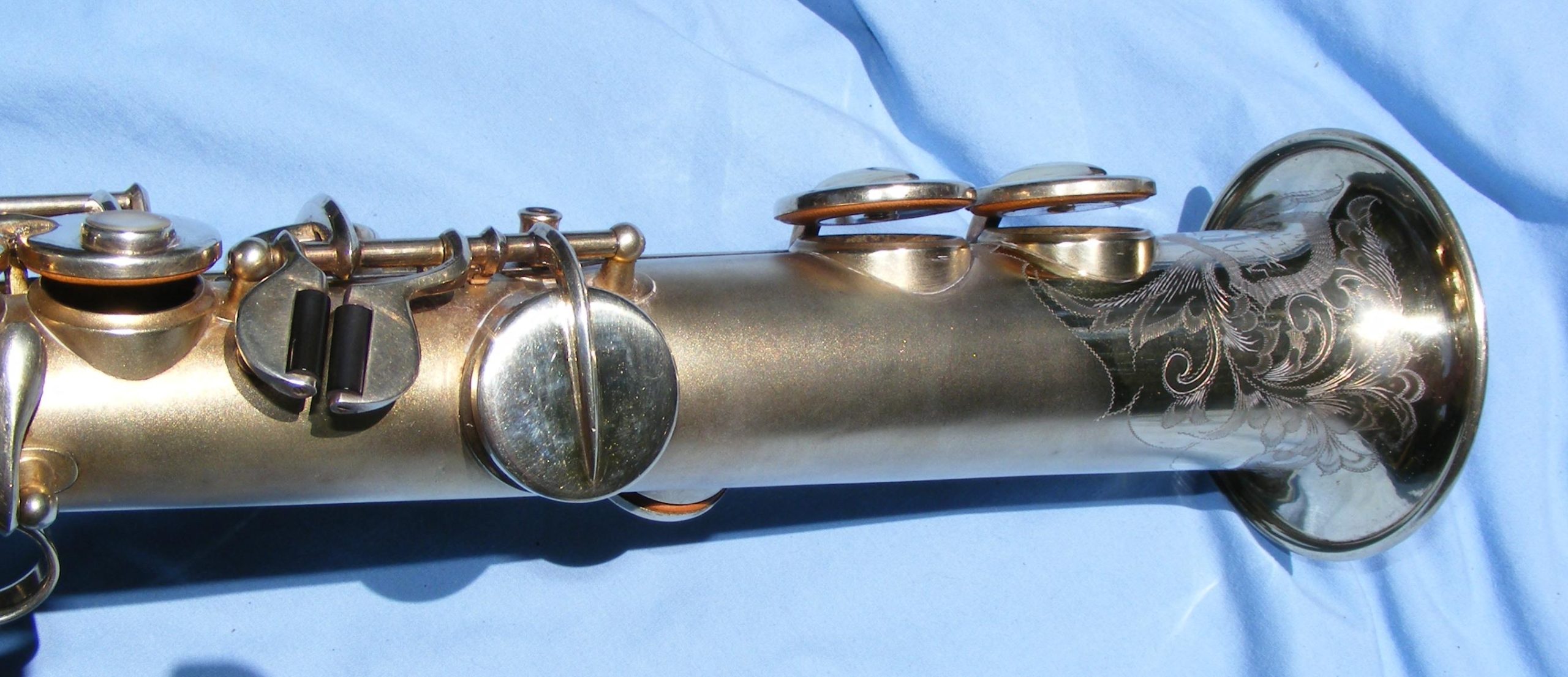Getting My Curved Soprano Saxophone To Work
3 Easy Facts About Sopranino Saxophone Shown
Table of ContentsUnknown Facts About Curved Soprano SaxophoneThe Best Guide To Soprano Saxophone For SaleSopranino Saxophone Fundamentals ExplainedCurved Soprano Saxophone Can Be Fun For Anyone
Claim the words 'Baker Street', and also what do we all promptly think about? An imaginary Victorian Investigator with an enthusiasm for the Violin, sure! Allow's be straightforward, what the bulk of us permit to pop gently right into our imaginative minds is the earthy, hot, almost irritable tone of the Saxophone in the doubtless prominent and also well-known track Baker Street, produced by Scottish Singer-Songwriter Gerry Rafferty in 1978.A preferred item of popular song memorised and performed by artists essentially numerous times around the world, the exceptionally flexible Saxophone has actually qualified more than just the iconic Baker Street throughout the years, as well as located its real home in the awesome and accumulated category of jazz in the 1920s.
Bass or Baritone Saxophones: the gruff, deep, honking audio of the meaty Baritone Saxophone makes it best for its capacities in the reduced registers, and also preferred with novices that wish bask in the benefit of remaining mobile over & over their Tubaist counterparts; although young gamers can find the secrets challenging to get to.
Without a doubt the most preferred in the Saxophone family members for beginners with its closely aligned tricks and also convenient notes, a lot of abilities found out on the Alto Saxophone can be easily transferred to its siblings. Soprano Saxophones: whilst it could resemble a souped up brass version of a clarinet or comparable, the Treble Saxophone is potentially the most serene and sophisticated of all the Saxophones; generating a light as well as delicate tone in the greater registers - https://codepen.io/vintagesaxpn/pen/dyjWpvG.
What Does Curved Soprano Saxophone Mean?

It's the instrument you'll listen to in keystone jazz tunes such as Heart Eyes by Coltrane, and Duke Ellington's Take The "A" Train. Nonetheless, although there's no rejecting that the Tenor Saxophone is one of the most preferred in this incredibly refined and also advanced genre, the fact is that every one of these Saxophones have a part to play, depending on what a composer (or Singer-Songwriter) desires to accomplish (curved soprano saxophone). https://ouo.press/Sos8EVe.
Not only this, yet it additionally depends on what you - as an artist with your very own design and capabilities - really feel most comfy with. It's not unusual for artists to interchange in between Alto and Tenor, as they have a rather comparable quality, as an example. Realistically, the very first point you must be considering is what sort of Saxophone will suit you! To search our variety of Saxophones click here or call us today.
Developed by music instrument developer Adolphe Sax in Belgium in the 1840s, saxophones were developed to incorporate the most effective qualities of brass tools, such as the trumpet or trombone, with conventional woodwind instruments, such as the clarinet or oboe (curved soprano saxophone). Despite being made primarily out of brass, saxophones are categorized as woodwind instruments since, like clarinets, the predominant stimulant whereby sound is created when playing the saxophone is the reed.
The Best Guide To Soprano Sax
Today, that number has been distilled down significantly to 6 types of saxophones. From there, just four of those continuing to be 6 kinds are still generally played in modern musical contexts. In pitch order from greatest to lowest, they are the soprano, alto, tenor, as well as baritone saxophones (https://www.businessveyor.com/author/vintagesaxpn/). So, the all-natural question after that ariseswhat are the distinct qualities of these sites four various saxophones, and also what makes each type so special? In addition, several ambitious saxophone gamers commonly wonderwhich saxophone is appropriate for me, and also which should I learn to play? Today, we're mosting likely to aid answer those concerns by diving into the distinctions in between the 4 most common saxophone kinds: SOPRANO SAXOPHONE The treble saxophone is the smallest of the saxophone household, and is typically perplexed with the clarinet by the undiscerning eye.

ALTO SAXOPHONE Unlike the treble, the alto is a terrific saxophone to grab if you're beginning your music journey as well as learning to bet the initial time. Tuned to E-flat and pitched slightly less than the treble, the alto is fantastic for initial players since, unlike a few of the bigger horns, it is little, light-weight, and very easy to grip.
Most novice students are able to start carrying out simple melodies and songs after just a couple of short lessons, and also typically swiftly gain self-confidence and experience favorable results. Alto saxophone is additionally common within performance and jazz bands, as well as can typically be heard in vogue varying from jazz to blues, classic, pop, rock, as well as past! Famous alto saxophone gamers throughout background include Charlie Parker, Cannonball Adderley, Marcel Burro, Eric Marienthal, in addition to several others - vintage saxophones for sale.
Curved Soprano Saxophone for Dummies
DISCOVER MORE: TENOR SAXOPHONE The tone saxophone is a little larger and also much deeper seeming than the alto; however, like the alto, it has actually become a widespread tool throughout a wide range of popular musical genres. It includes a deep, rich accent that can conveniently load an area while concurrently projecting with a dense band mix.
Due to its bigger size as well as lower B-flat tuning, the tenor calls for the player to push more air through the tool in order to create a smooth, clear note. Therefore, it isn't constantly the perfect instrument for novice wind players or younger artists with smaller sized lung abilities. That being claimed, it is certainly a tool worth quickly graduating up to.